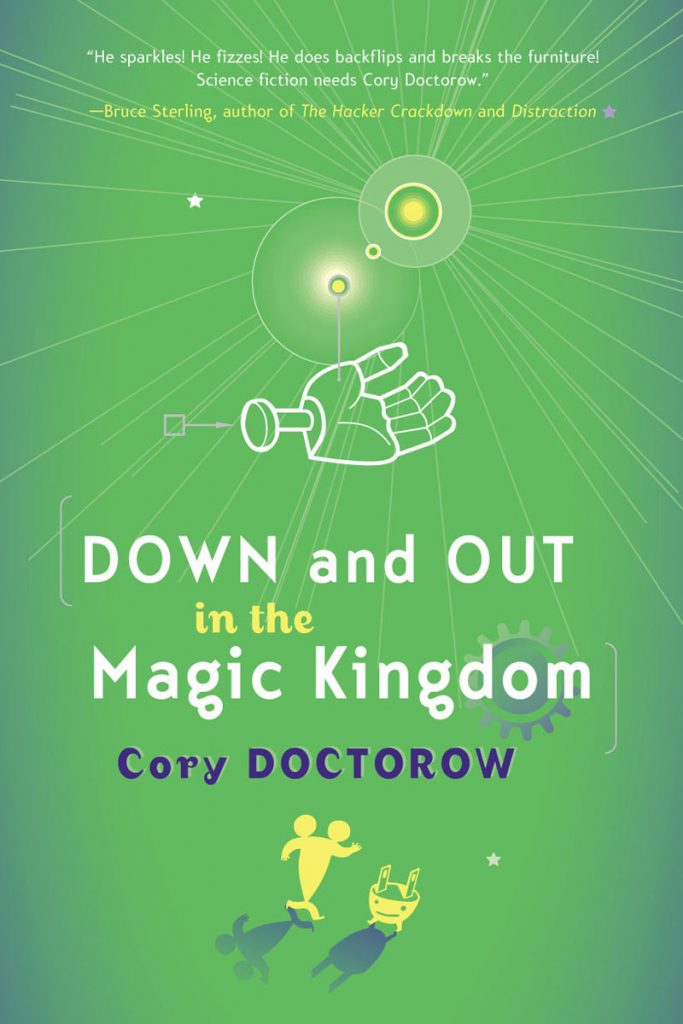Postcorporate Form; or, Art After Disney
With Comcast dropping its bid, The Walt Disney Company’s purchase of 21st Century Fox looks increasingly likely. Together those two companies account for about 47% of the domestic cinema market, and their merger would further flatten a media landscape dominated by a handful of companies.
I’m currently working on a book about The Walt Disney Company’s adaptations of Victorian literature, arguing that analytic categories like historical periodization and literary form remain relevant even as readers’ experiences are shaped less by teachers and scholars than by global media corporations. There are such things as “corporate histories” and “corporate forms,” and they exert a strong influence on the reception even of centuries-old works. It’s essentially a project about literary history, but it also has me thinking about a more contemporary genre that emerges from a media climate controlled by a handful of major players.
That thinking is partly inspired by postcolonial studies. Among the important questions asked by global and postcolonial scholars is the extent to which artists after colonialism accept, reject, or reinvent the colonizer’s artistic forms. Robert Stilling’s forthcoming book shows “how postcolonial artists reimagined the politics of aestheticism in the service of anticolonial critique,” and in Global Anglophone Poetry Omaar Hena argues that “the renovation of aesthetic forms” allows global anglophone poets to look both backwards to “irreparable historical realities” and forward to “more robust models of worldly belonging that would match the aesthetic and political complexities of the contemporary world” (3).
One has merely to mention the East India Company to demonstrate that colonialism and global capitalism have always come hand in hand, and it’s not at all uncommon to hear companies like Disney or Facebook compared to the colonial nation-states that exerted their dominance in the nineteenth century. Critical works like Ariel Dorfman and Armand Mattelart’s How to Read Donald Duck: Imperialist Ideology in the Disney Comic (1991) and the National Labor Committee’s Mickey Mouse Goes to Haiti (1996) take the comparison seriously, but does art do the same work? Might there be an analogue in “postcorporate forms,” works that “renovate” (to use Hena’s term) corporate forms in the service of anti-corporate critique?
I have in mind three very different works. The first is Cory Doctorow’s Down and Out in the Magic Kingdom (2003), a futurist dystopia set in Walt Disney’s Magic Kingdom. In a rejection of the copyright system with which Disney is inextricably linked, Doctorow distributed his novel under a Creative Commons license (you can download it for free from his website). Part of Hena’s argument is that the colonizer’s aesthetic forms also determine which writers gain — or don’t gain — institutional recognition, and so colonial power structures still determine which works succeed. In a sense, Doctorow subverts a similar power structure.

The second is Banksy’s 2015 art installation Dismaland, which leveraged the form of the theme park in its critique of corporatism, media culture, police brutality, and predatory lending. Though Banksy disavowed any direct aim at Disney, the decrepit castle at the park’s center certainly evokes the castles around which Disney’s parks are built, and the whole concept of a “theme park” is linked to Disney: the first recorded usage in the OED is a 1960 reference to efforts to duplicate Disneyland.
The third work I have in mind is Jon Cozart’s “After Ever After” series, the best among myriad YouTube Disney parodies. Cozart imagines the next step in the characters’ stories and links them to issues of contemporary concern: Ariel is poisoned by BP’s oil spill; Aladdin and Jasmine face both American islamophobia and the threat of ISIS; Pocahontas and Elsa lead violent uprisings against (respectively) British colonials and climate-change-deniers; Mulan ponders gender realignment surgery. Cozart has three videos, one of which you can watch here:
Striking about Cozart is his clear fondness for Disney: the videos are as much homage as parody, and if they take aim at Disney’s films it is only in their formal reliance on a “happy ending.” Yet they implicate corporate actions in environmental destruction, racism, and imperialism. There is some irony in the leveraging of these critiques through homage to a company that is far from innocent of those same charges (see Dorfman and Mattelart and the National Labor Committee).
These are just initial thoughts on this topic, and a slight deviation from the argument I’m developing in Disney’s Victorians. Of course the analogue between “postcorporate” and global or postcolonial writing needs some further thinking. But this is a line of inquiry I might pursue in a future post, or perhaps a longer work.